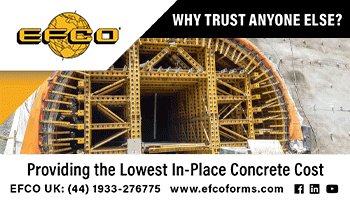As community pools across Europe are being upgraded, the preferred new air dispersion technology is fabric based. Fabric ducting is corrosion-free and offers unrivalled airflow precision, which creates a healthier more comfortable indoor environment.
Throughout the 70's and 80's many European governments invested in community pool facilities. These have aged to a point where refurbishment is inevitable and the ventilation solutions must be changed.
Over the years there has been a number of accidents involving corroded ductwork where pieces of ducts or diffusers have fallen from the ceiling. Luckily very few of these cases have led to injuries; it has, however, led to stricter guidelines for ventilation in highly corrosive environments such as pools and spas, which consequently has led architects and engineers to search for alternative solutions to replace the conventional spiral ducts.
Fabric-based air dispersion solutions is becoming the no. 1 choice in pool and spa ventilation because of what the technology offers in terms of safety, hygiene and healthy air quality. The technology is inherently corrosion-free and with complete freedom in design, it is also an opportunity for the architects to playfully integrate the ventilation solution into the building.
Creating the ideal air dispersion solution for a pool or spa area requires strict attention to airflows regardless of the technology used. Occupant health is a key factor and so is the health of the building itself. The chlorine vapors from the pool are heavier than air, thus settle as a gassy layer just above the pool surface. Feathering down this hazardous gas is of utmost importance; however, if the air velocity is too high, it accelerates the evaporation from the pool water.
Fabric-based duct technology offers the highest level of precision in air dispersion design. By combining different flow models, the engineers can create the ideal airflow for each section of the pool area. Swimmers require a supply of fresh air at low velocity to counter the evaporating gasses from the water surface. Spectators require a high air change without drafts to be comfortable in the tropical conditions of the locale. And the building structure and various fixtures require airflows that sweep condensation off their surfaces to prevent dripping, mold growth and corrosion.
The fabric ducts are corrosion-free and condensation-free by nature. They are tailored from polyester textiles, which are not vulnerable in harsh and corrosive environments. Due to the permeability of the fabrics used in such applications, an air blanket is generated around the length and circumference of the duct, efficiently preventing condensation and hindering dust and dirt particles from settling onto the ductwork. The latter is great for the hygiene, as conventional metal ducting is an infamous breeding ground for microbial activity. Should dirt somehow get on the outside of the ducts, it is easy to slide the ducting off the suspension, wash it in a machine and hang it up again without having to drain the pool or even close the facility.
Recently, engineers dismantled a 15 year old metal duct in a pool in Spain and were chocked to see the amount of filth hiding inside the ducting. After 15 years in the hot, humid pool environment the duct itself was visibly highly corroded, as were the diffusers, representing a safety hazard to the users of the community pool. The engineering team were surprised to learn how bad a state the old metal duct had really been in, and were unanimous in the decision to use a better technology for the replacement solution.
The old oxidized duct was replaced by state-of-the-art fabric-based solution tailored in anti-microbial FabricAir® Combi 80 with a selection of flow models specifically suited to the location. Technical Manager, Toni Valle, explains the decision:
"FabricAir proposed an adapted design with improvements in the air dispersion that allowed us to avoid condensation in areas where it had previously occurred. An optimal hygienic solution in anti-bacterial textile was proposed in view of the state of the old sheet metal duct. The design allowed us to adapt it to the outlets of the previous installation. Aesthetically it integrates very well with the wooden cover, which was somewhat complex with the sheet metal. In addition, FabricAir provided accessories for the installation meeting the tight dates required to make the replacement."
Using the airflow to sweep surfaces prevents the formation of condensation. This is used to increase the life expectancy of e.g. window frames as these may rot if allowed to stay damp, which in turn spurs the growth of health hazardous fungi like black mold that thrives in hot and humid environments. The technique is also typically used to sweep condensation from surfaces of light fixtures, sprinkler systems, cable trays, HiFi equipment and other items that is mounted using metal brackets and fitting to diminish the risk of corrosion in these elements and increase the life expectancy of the equipment despite the tropical conditions of the pool area.
In Calgary, Canada, the outdoor temperature can be freezing. The difference between the indoor and outdoor temperature caused the air to condensate on the ceiling of the Talisman Center, creating unsafe conditions for the athletes using the facility. The engineers used FabricAir dispersion technology to sweep the ceiling surface, thus removing the condensation problem, while also creating a healthier and more pleasant indoor environment for the center’s users.
See the video from the Talisman Center project here: youtu.be/ByNekchYbwU.
Once architects are given the freedom to use the air dispersion as a design element, it yields playful and well-integrated designs. The Gold Fish Swim Schools are using the technology as an incorporated design element in all their facilities, matching the duct colour to the overall colour scheme of the facilities.
In Australia, the architects behind the Elizabeth Aquadome playfully matched the air dispersion system to the water slides combining color and shapes into an integrated design sparking the imagination of the users. In addition, the fabric duct technology is used to sweep the surfaces to safeguard the structure against condensation and consequently against stress corrosion cracking.
The upgraded air dispersion solutions come with an extra benefit, as the fabric-based ducting uses up to 40% less energy due to the precise induction and the lower pressure loss of the technology.
Read more about the possibilities at www.fabricair.com/pools.
Construction News
21/11/2018
Safer Ventilation Technology In Pools And Spas

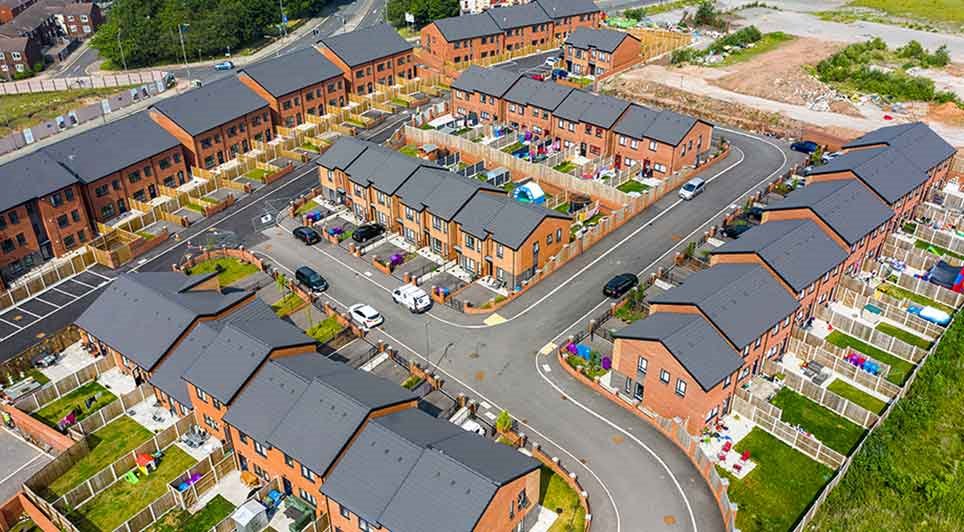
04/07/2025
JV North has announced the list of contractors and consultants appointed to its £500 million social housebuilding framework, which aims to deliver around 3,000 homes across the North West over the next four years.
The housing consortium, which includes 14 members, launched the procurement process i
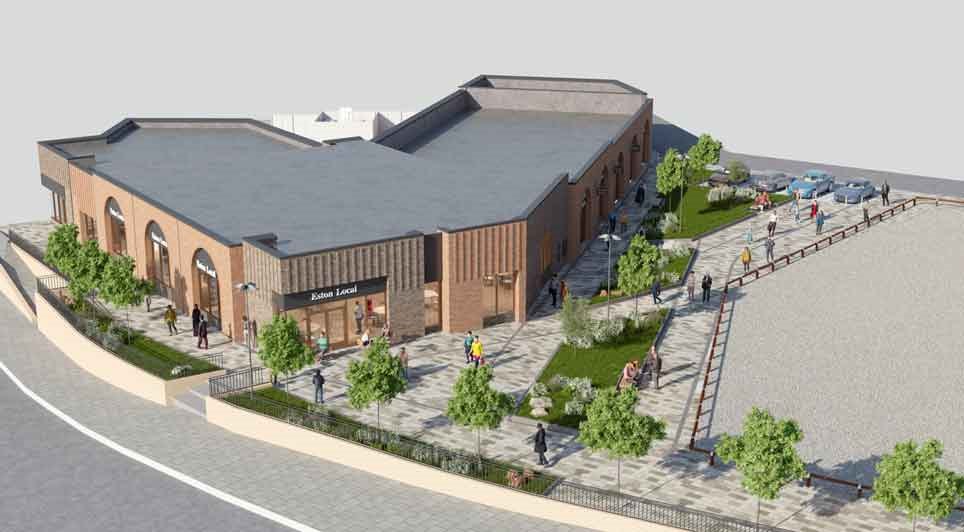
04/07/2025
Work has officially started on preparing Eston Precinct for demolition, marking the first step in a major regeneration project led by Redcar & Cleveland Borough Council.
Esh Construction has been appointed to deliver the scheme, which will begin with the safe removal of asbestos and the soft strip
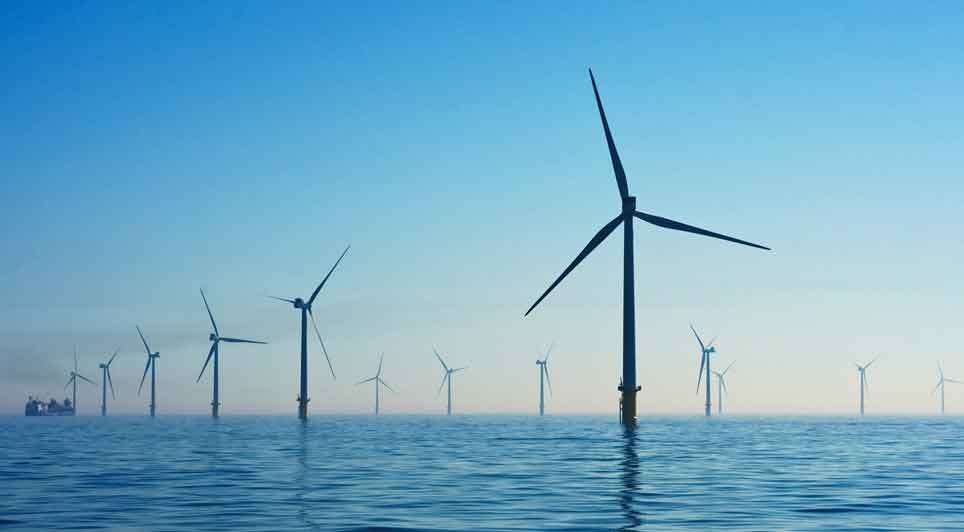
04/07/2025
The Secretary of State for Energy Security and Net Zero hasgranted development consent for the Mona Offshore Wind Farm.
The scheme, located in the Irish Sea, will deliver approximately 1,500MW of clean energy capacity and forms part of the Round 4 Offshore Wind Licensing Arrangements. The applicati

04/07/2025
The restoration of Chatham’s iconic Brook Theatre is officially underway, with the appointment of contractors to carry out the £21 million transformation of the 125-year-old building.
Originally opened in 1899 as Chatham Town Hall, the Grade II listed Renaissance-style landmark has served the commu

04/07/2025
Work to upgrade a flood-prone section of Stockbridge Road in Timsbury is set to begin later this month, as part of a joint project between the Environment Agency and Hampshire County Council to improve local flood defences.
Starting on 28 July, the five-week scheme will deliver vital improvements a
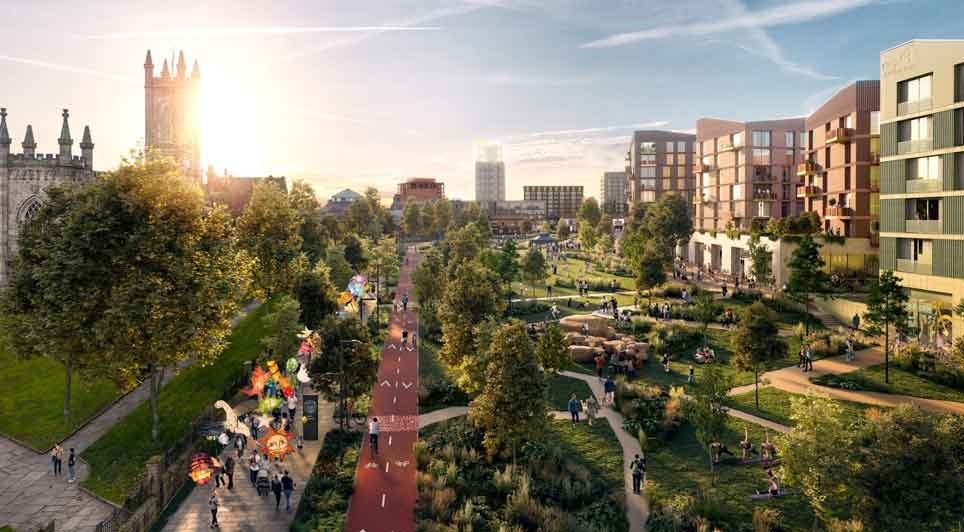
04/07/2025
Oldham's town centre regeneration has taken a major step forward, with planning consent now granted for all six sites earmarked for transformation through the partnership between Muse and Oldham Council.
The approval represents a significant milestone in the long-term vision to create a vibrant, in

04/07/2025
As temperatures soared during this week's heatwave, euroloo's innovative EcoWelfare units proved to be a game-changer on construction and outdoor sites across the country.
Designed with comfort and sustainability in mind, these multi-functional welfare units offer everything teams need to stay pro

04/07/2025
Atlas Site Engineering, a trusted name in precision setting out and site engineering services, continues to support the construction industry with expert solutions ranging from small residential extensions to multi-storey high-rise developments.
With a reputation for accuracy and reliability, Atlas
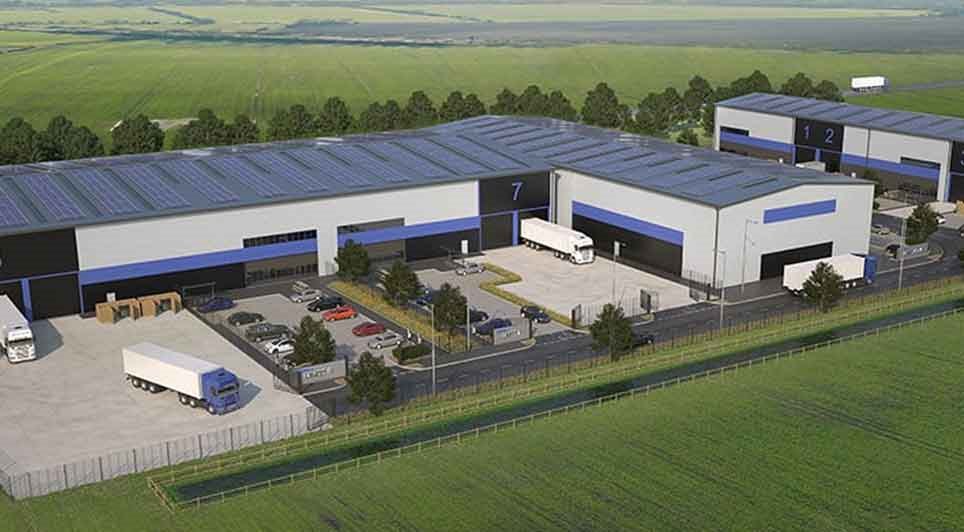
03/07/2025
Associated British Ports (ABP) has submitted a reserved matters application for 103,000 sq ft of speculative industrial and logistics space at Helm @ Immingham.
This marks the first phase of development at the 227-acre site.
The scheme will deliver a range of purpose-built units from 4,820 sq ft
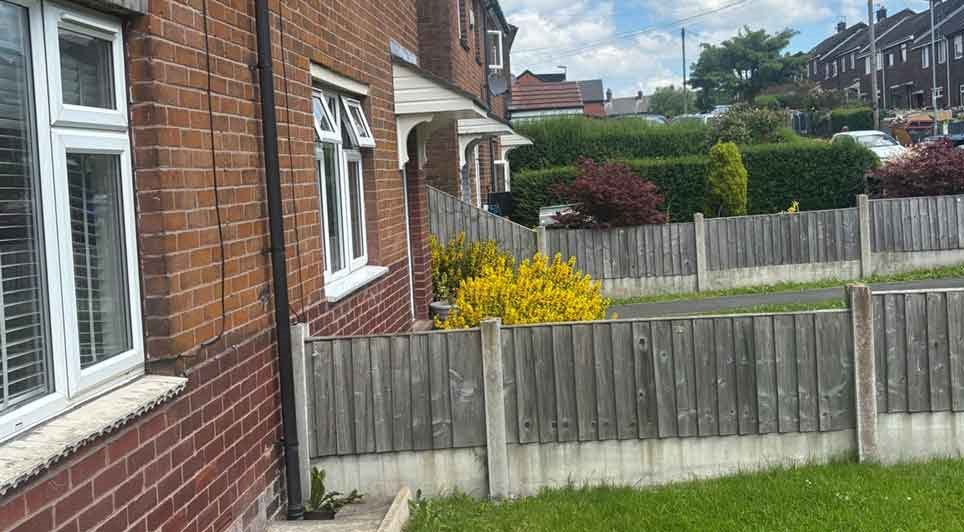
03/07/2025
First Choice Homes Oldham (FCHO) is set to begin a major new phase of energy efficiency upgrades this month, with a £6.1 million investment aimed at improving 645 homes across the borough.
Starting 14 July, properties in Abbey Hills, Roundthorn, Shaw, and several estates in Chadderton will receive
 UK
UK Ireland
Ireland Scotland
Scotland London
London

